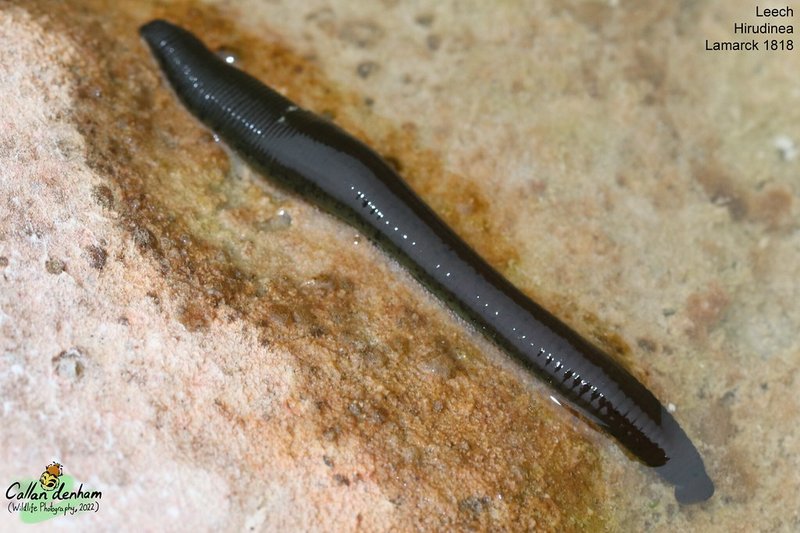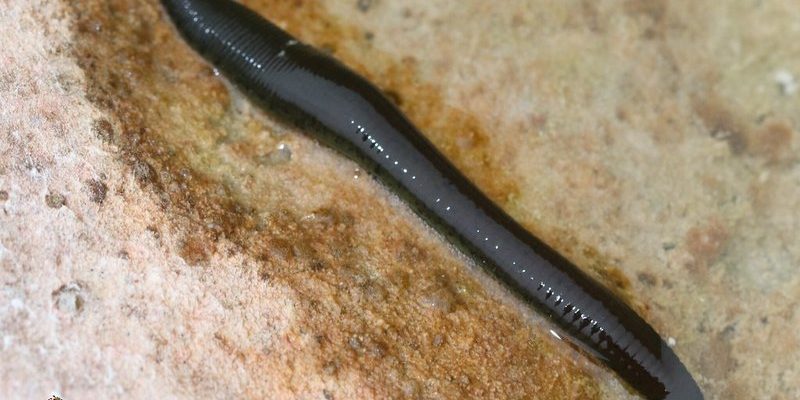
With affordable options like the Bushnell Trophy Cam or the Boly Guard, you don’t need fancy equipment to get started. These remote cameras are designed for the outdoors and are perfect for capturing leeches and their behaviors without disturbing their environment. Let me walk you through the ins and outs of using these cameras to document leech behavior, and you might just find a new passion for wildlife observation.
Understanding Leeches: The Basics
Before we dive into the world of field cameras, it’s worth taking a moment to appreciate what leeches actually are. These soft-bodied annelids belong to the class Hirudinea and are found in various habitats, from freshwater lakes to moist forest floors. Most people think of leeches as parasites that suck blood, but many species are actually detritivores or predators. This means they play essential roles in their ecosystems, feeding on decomposing material or even small aquatic animals.
Let’s take a moment to think about how leeches behave. They can be seen crawling along the substrate, using their muscular bodies to inch along. They often prefer shady spots with ample debris, which provides them food and protection. This behavior can be easily captured with field cameras, giving you insights into their daily routines, feeding habits, and interactions with other organisms in their habitats.
The versatility of leeches is fascinating. Depending on the species, they can be found in various colors and sizes, and some can even withstand harsh conditions by entering a dormant state. Understanding these behaviors is key to effective documentation. When you know what you’re looking for, your field camera experiences will be more rewarding.
Choosing the Right Field Camera
Choosing the right field camera can make all the difference in your documentation journey. There are many options available, but not all of them are created equal. You’ll want to consider factors like resolution, battery life, and ease of use. High-definition cameras can capture stunning details, which is essential when documenting the subtle movements of leeches.
One popular choice is the Browning Dark Ops Pro X camera. It boasts impressive night vision, perfect for capturing leeches at dusk or dawn when they’re most active. Plus, it has a long battery life, so you won’t need to rush back to change the batteries every few days. Remember, the goal is to stay as unnoticed as possible, which makes a camera that blends into the environment ideal.
When setting up your camera, it’s important to think about placement. Look for areas where leeches are likely to be found, such as near submerged logs or in dense vegetation close to water sources. Positioning the camera too close can scare the leeches away, so give them some space. You might be wondering, “How do I know if I’ve positioned it correctly?” Check the angle and settings before leaving it for an extended period.
Setting Up Your Field Camera
Now that you have your camera, let’s get into the installation. This step is crucial as proper setup enhances the chances of capturing good footage of leeches. Start by familiarizing yourself with the camera’s functions. Every model is a bit different, so read the user manual thoroughly.
Next, consider the location. Leeches tend to be more active in areas with still or slow-moving water, so riverside walks or quiet ponds are ideal spots. Look for shady areas where leeches can hide from predators.
When you’ve chosen your spot, it’s time to mount your camera securely. Make sure it’s out of reach from potential disturbances, like curious animals or humans. Use straps or brackets provided with the camera to ensure it stays in place. Before you finalize everything, run through the settings—make sure it’s set to record motion and that the battery is charged.
Lastly, leave the camera for some time. You may want to check the footage later to see if your setup worked. It’s always exciting to see what creatures you’ve captured, and you may even find unexpected guests appearing alongside your leeches!
Capturing Leeches in Action
Once your field camera is set up, the waiting game begins. This can be the hardest part! But think of it like fishing—you never know what might bite, and patience often pays off. When you review your footage, pay close attention to leech behavior.
You might capture them feeding on small insects or interacting with each other, behaviors that you might never have noticed in a traditional setting. Watching them squirm and glide through the water, it’s almost like seeing them dance! Each recorded moment can add to your understanding of their patterns and habits.
You could even consider documenting your findings in a journal or blog. Take notes about what you observe in the footage, like feeding times, environmental interactions, and any unusual behaviors. This could be valuable information if you decide to share your project with others or even contribute to scientific studies.
Here’s the thing: leech behavior varies by species and season. Some species may be more active during warmer months or after rainfall. By tracking these changes, you’ll build a more comprehensive picture of their life cycles.
Analyzing Your Footage
After a few weeks, it’s time to dive into the footage you’ve gathered. This is where the real fun begins! Analyzing the recorded clips can reveal a lot about the leeches’ activity and environment.
Start by looking for patterns in their behavior. When are they most active? Are they more likely to be found near certain plants or substrates? Take notes on these patterns. It can help you understand their preferred habitats and feeding habits.
You might also notice interactions with other wildlife. For example, are they competing with other leeches for food? Are they preyed upon by fish or frogs? These dynamic interactions can shed light on the local ecosystem’s health.
Comparing your findings with existing literature can further enhance your understanding. You could even reach out to local biologists or online communities specializing in wildlife observation. Sharing insights and findings can create a dialogue that benefits everyone involved.
Ethical Considerations in Wildlife Documentation
As you embark on this fascinating journey of documenting leech behavior, it’s essential to keep ethics in mind. Respect for wildlife and their habitats is paramount. Here are a few guidelines to follow:
- Avoid Disturbance: Set your camera up in a way that does not disrupt their natural behavior. It’s crucial to be a silent observer.
- Limit Observation Time: Don’t leave your camera in one spot for too long to minimize environmental impact. Rotate locations to prevent any area from becoming too disturbed.
- Educate Yourself: Learn about local species and habitats. Understanding the ecosystem can help you appreciate the behaviors you’re documenting and make you a more responsible observer.
- Share Responsibly: If you plan to share your findings, be mindful of the location details. Protect sensitive habitats from potential over-visitation by the public.
By following these ethical considerations, you contribute positively to the understanding of leeches and their role in ecosystems. Remember, each little creature plays a part in the larger ecological story.
Documenting the behavior of leeches with field cameras is more than just a project; it’s a journey into the heart of nature. You’ll learn patience, observation skills, and perhaps even a new appreciation for the smaller, often overlooked creatures that share our world.
So grab your field camera, find a cozy spot by the water, and start your adventure. With each moment you capture, you’ll be adding to the tapestry of knowledge that connects us all to nature. Who knows? You might just discover something new about these intriguing little critters—and maybe even inspire others to appreciate the beauty of the natural world!

